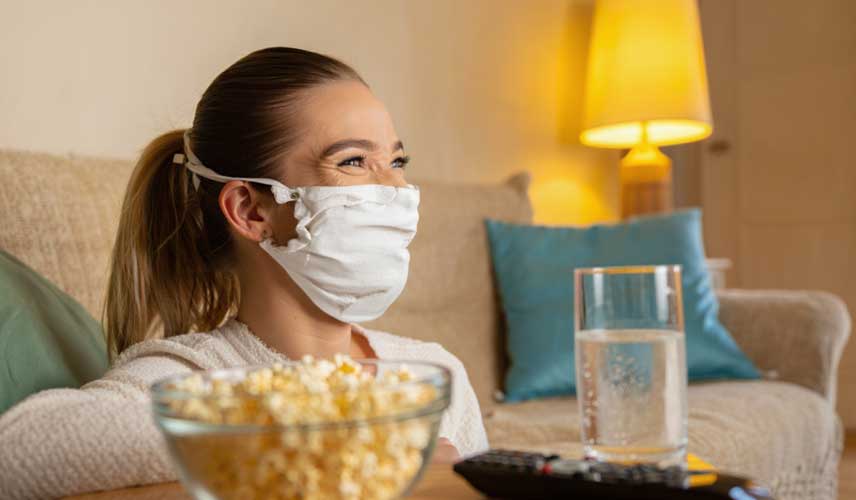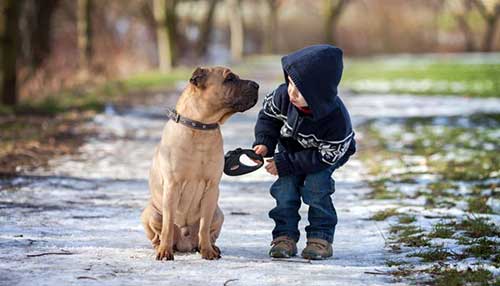
The Contribution of Pet Ownership to Child Development

It is a fact that keeping pets in our country is perceived as an unhealthy situation, although this perception has somewhat diminished recently. Especially in homes with children, pets are rarely kept due to the belief that they may cause physical harm to the child or spread diseases. However, when children and pets coexist as residents of the same home, the positive contributions of this situation to child development are immeasurable.
If the love for animals is taught at an early age, it will be much easier to instill the love and respect that should be felt for all living beings during the developmental process. Moreover, respecting the vital needs of a different creature, sharing its nest, and spending time with it will play an important role in the development of the child's social skills. Whether the animal you are considering bringing into your home is a cat, a dog, a bird, or a fish; it will be beneficial to acquire the chosen animal before the child is born or at an early age. This way, you will have the opportunity to see how humane and calm your little friend is and how well it can adapt to home life. Additionally, you can also prevent one of the most concerning situations regarding children and pets, which is allergies. Since a large portion of allergies is due to genetic predisposition, the likelihood of a pet that does not cause allergic reactions in you also not having such an effect on your child is high.
One of the most important stages of child development, the sense of responsibility, can also be instilled in the child through pets. Activities such as regularly providing food and water for the living being in the house, spending time with it, taking it outside, and taking it to the doctor when it is sick will not only allow the child to witness a certain sense of responsibility, but will also help them understand that all living beings have needs and that they should be respected. The ailments that have become legendary in society and are attributed to keeping pets, primarily the formation of cysts, are actually not the fault of the pet.
If the pet is regularly cared for, vaccinated, fed with the right foods, and if shedding periods are well understood and acted upon, children and pets can comfortably coexist in the same environment without harming each other. If these essential practices for pet care are fulfilled, there will be no health issues arising from the coexistence of the child and the pet in the same environment.
Health and Life Other Content in the Category

Health and Life
How to Find the Right Live-in Couple for Your Villa?

Health and Life
Ways to Enjoy Your Time at Home During Corona Days

Health and Life
Effects of the Covid-19 Pandemic on Different Sectors in Turkey

Health and Life
Companion Fees 2019

Health and Life
Nutrition Recommendations for Alzheimer Patients

Health and Life
10 Tips for Caring for Alzheimer’s Patients

Health and Life
10 Symptoms of Alzheimer's Disease

Health and Life
5 Benefits of Having a Pet at Home for Your Child

Health and Life
Do You Suffer from Back and Neck Pain While Working?

Health and Life
Simple Exercises for Desk Workers

Health and Life
